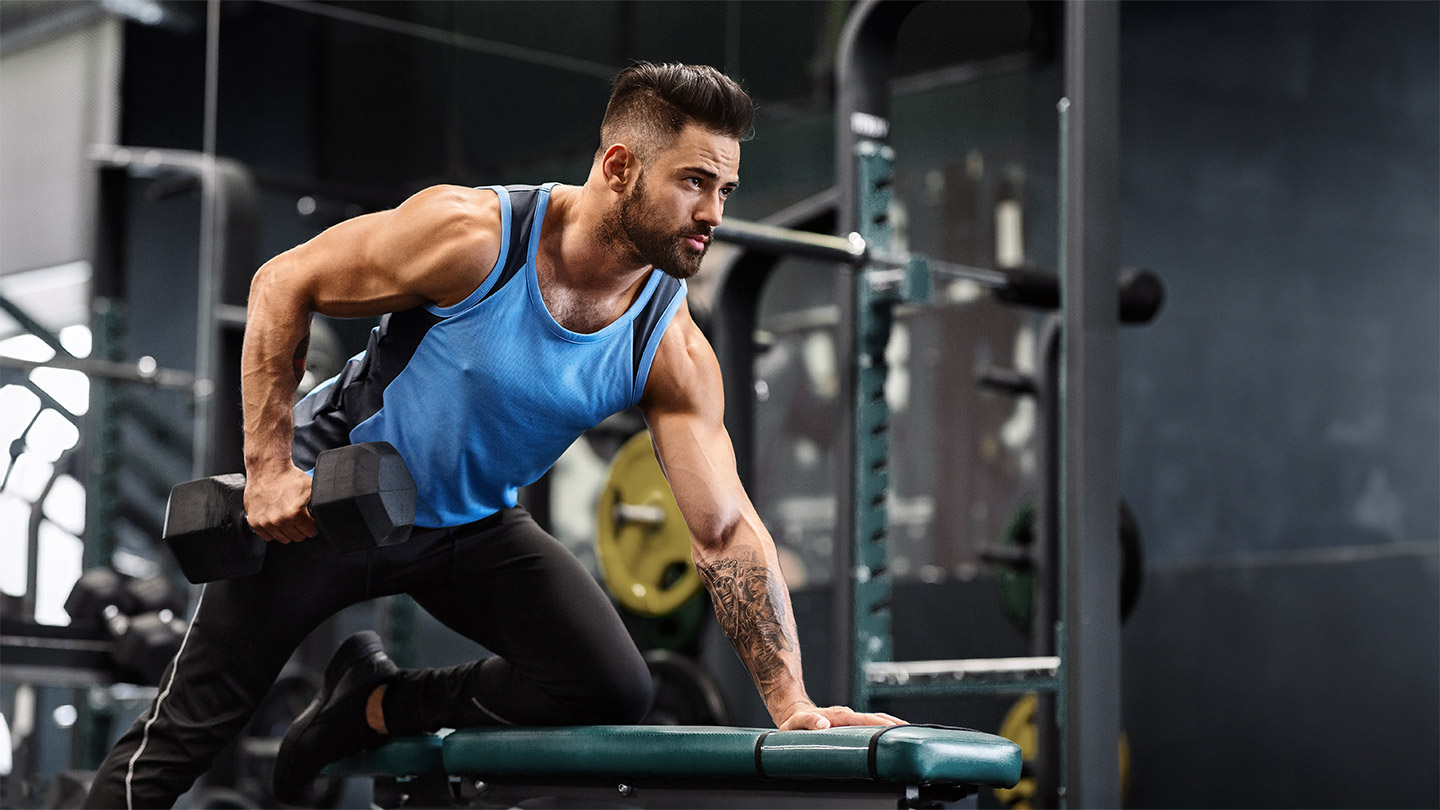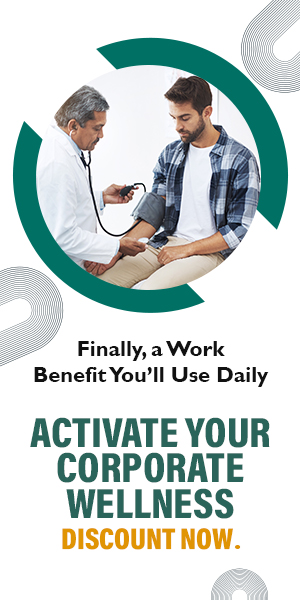Movement
14 Ways to Maximise Muscle Recovery
Muscles aren’t built in the gym, they’re built during recovery. Discover science-backed, easy-to-adopt ways to speed up healing, reduce soreness, and bounce back stronger after every workout.

Maximising muscle recovery is crucial for anyone keen to avoid injury, reduce soreness, and accelerate strength gains. Proper rest, hydration and nutrition are the foundation of effective recovery, allowing muscles to repair micro‑tears caused by exercise. Certain evidence‑based methods can help elevate your routine. Here are 14 proven strategies to optimise recovery and enhance performance:
1. Prioritise Rest & Sleep
Aim for 7–9 hours of high-quality sleep per night. This is the time when muscle protein synthesis peaks, repairing torn fibres and supporting growth. Schedule at least one full rest day weekly to avoid overtraining.
Related story: 7 Ways to Boost Post-Workout Muscle Recovery
2. Fuel with Protein and Carbohydrates
Consume 20–40 g of protein (e.g. lean meat, legumes, protein shake) and carbs in a roughly 3:1 ratio soon after training to replenish glycogen and support recovery. It is also observed whey or leucine-enriched protein before sleep further boosts synthesis.
3. Stay Properly Hydrated
Drink at least 2 litres of fluid daily, more if sweating heavily. Hydration aids nutrient transport and prevents cramps or fatigue.
4. Use Active Recovery
Light activities like walking, cycling, yoga or swimming enhance blood flow to fatigued muscles and help flush out lactate, accelerating healing.
5. Boost Recovery with Foam Rolling and Myofascial Release
Perform daily foam‑rolling, preferably with a vibrating roller, for roughly 10 minutes, focusing on tight regions like calves, quads, glutes and IT band, which helps boost circulation and flexibility.
6. Book a Massage
Massage therapy stands out in studies as the most effective recovery strategy for reducing delayed‑onset muscle soreness, fatigue and inflammatory biomarkers like creatine kinase (CK) and interleukin‑6 (IL‑6).
Related story: Just Ten Minutes of Massage or Rest Will Reduce Body Stress, Study Finds
7. Consider Cold or Contrast Therapy
- Cold-water immersion (ice baths or cold plunge) may reduce inflammation and DOMS (delayed-onset muscle soreness), though it might blunt long-term hypertrophy when overused.
- Contrast bath therapy (alternating hot/cold immersion) offers modest benefits, though evidence is limited to anecdotal or athletic populations.
8. Apply Heat Therapy
Use moist heat (hot packs, baths) within an hour of training or soreness onset. Heat improves blood flow, relieves stiffness and reduces discomfort.
9. Embrace Cherry Juice & Anti‑Inflammatories
Tart cherry juice (e.g., Montmorency cherries) is rich in antioxidants and melatonin; pro cyclists use it to reduce muscle soreness and improve sleep. Incorporating berries, tea or omega‑3 rich fish can further aid inflammation control.
Related story: Should You Be Using Massage Guns To Ease Sore Muscles?
10. Use Compression Garments
Evidence suggests wearing compression wear post-exercise or during passive recovery can promote recovery, though results vary among individuals
11. Warm‑Up & Cool‑Down Properly
Begin with dynamic stretches before workouts and follow with 5–10 minutes of cool‑down activity plus static stretching to ease muscle tension and support recovery.
12. Monitor and Manage Stress
Techniques such as progressive muscle relaxation and meditation help reduce cortisol and mental fatigue, supporting both sleep quality and recovery.
13. Alternate Between Muscle Groups
Avoid overworking the same muscle groups on consecutive days, specifically with resistance training, and allow 48 hours of rest per group to prevent overtraining.
Related story: Bulking and Cutting: Ways to Get More Muscle Definition
14. Keep Recovery Simple
No time? Try these low-effort methods: finish showers with a cold blast, lie on acupressure mats, ensure protein intake post-exercise, hydrate early in the day and prioritise solid sleep simple yet effective.
By weaving together restful sleep, strategic nutrition, hydration, movement, therapeutic tools, and effective stress management—and using evidence-based techniques like foam rolling, massage, cherry juice, and contrast therapy—you can dramatically accelerate muscle recovery and performance gains. Whether you're training for a marathon or simply striving to stay toned, this approach will help you exercise smarter, not just harder.
Unlock insider access to the best movement plans for free! Sign up today.
EXPLORE MORE
Instead of chasing long workouts, micro-movement shifts the focus from “Did I work out today?” to “Did I move often enough today?”
Pressed for time but craving results? These high-impact exercises burn maximum calories in minimum time, when done right.
Simple, practical fitness advice to help you feel stronger, healthier, and more consistent in 2026.
Callisthenics isn’t about flashy Instagram moves or avoiding the gym. According to celebrity fitness and lifestyle coach Krishna Sadvale, it’s one of the most practical ways to build strength, control, and confidence in your own body.






.jpg)

.jpg)
.jpg)
